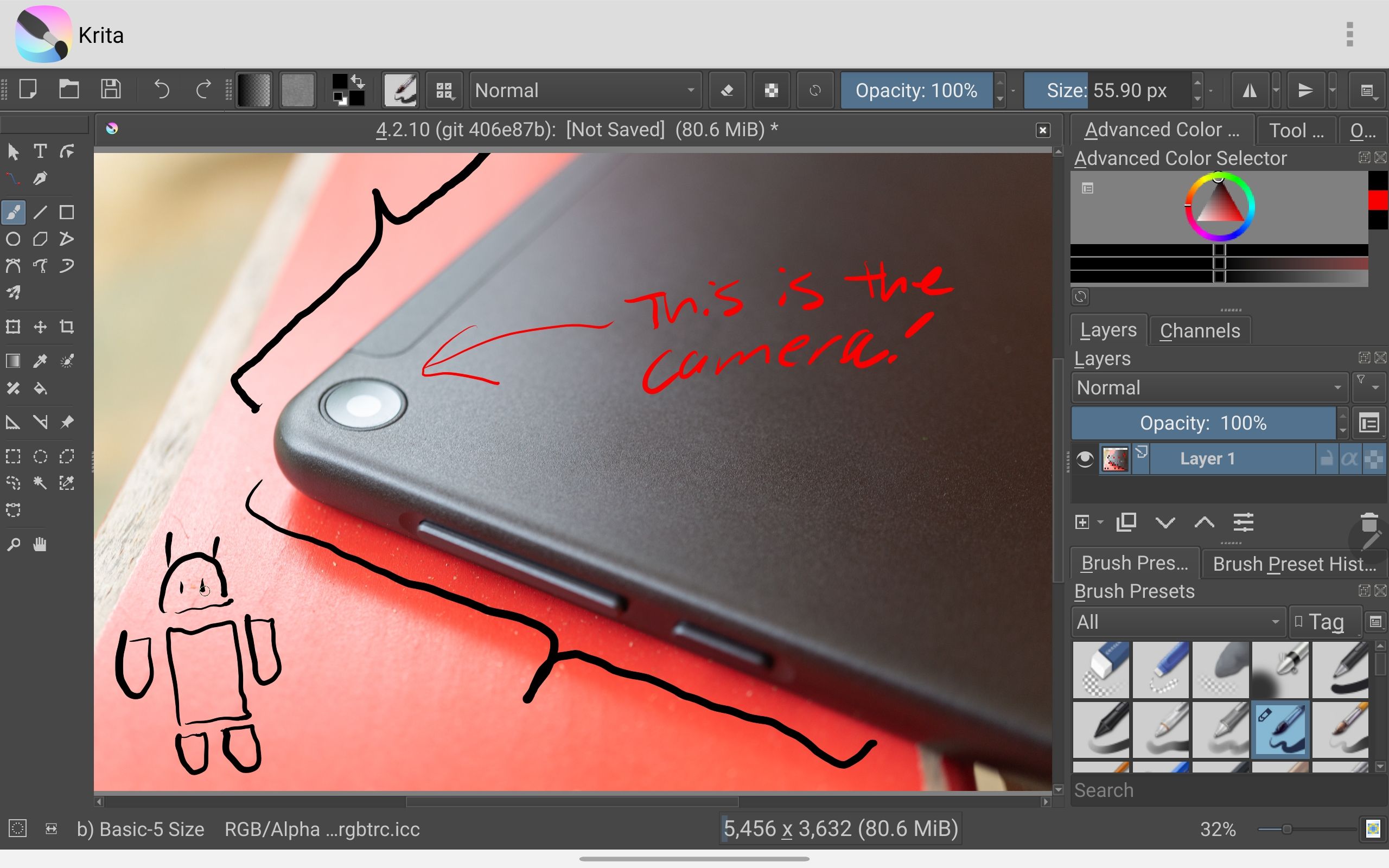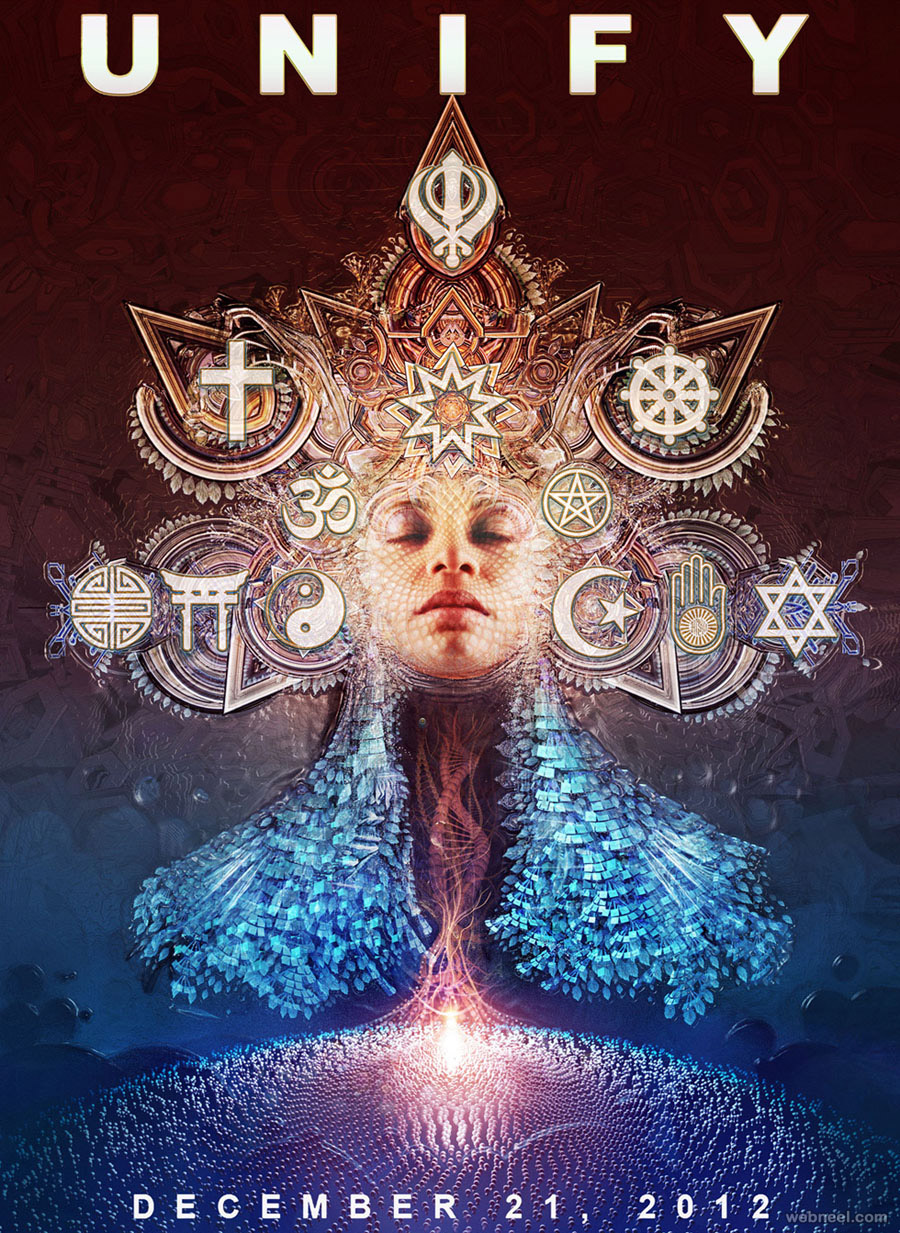
However, it should be mentioned that the app plays well with other types of photos, too. But if you're more into editing selfies or photos of people and animals, then Portrait Painter ($2.99) is the perfect choice. Most tools designed to virtually transform images into paintings work better with landscapes and and still life. A very nice touch is that the app lets you add your personal signature using your fingers to your finished work. Brushstroke offers a set of texture options including canvas, wood or paper and a wide choice of editing tools, allowing to adjust brightness, exposure and contrast of an image. It can produce a realistic painted appearance and imitate the oil, acrylic, gloss, lead pencil or watercolor style. The tool comes with a plethora of filters and a great variety of ways to customize a photo. BrushstrokeĪnother app that a creative person will find rather curious is Brushstroke ($2.99). In addition, you can export pictures at high resolution and instantly share them on Instagram, Twitter, Facebook and Tumblr. Waterlogue is very easy to use: just open the app, choose one of 14 pre-set styles and then tweak the wetness, pen outlines and color of your image to personalize it. The tool simulates the spreading and bleeding of the colors on paper, which produces highly realistic effect. Waterlogue ($2.99) is an iPhone app that stands out in this matter, since it manages to create a fantastic watercolor style. Many apps offer filters that turn photos into what is supposed to look like hand-painted watercolors, but if you ever used them, you know how often they fail to provide good results. We've rounded up a few iPhone apps that will help you transform your pictures into truly fabulous masterpieces. Now you can use your iPhone or iPad as a versatile art studio and create oil painted-like, textured or watercolor drawings on the go.

Want to turn your ordinary photos into something really artistic, but seem to lack the natural talent for drawing? Thankfully, today we have a whole pile of apps at our disposal to produce a realistic or unusual digital painting out of any image. Where is it? Pushkin Museum of Fine Art, Moscow.5 iPhone apps to add amazing painterly effects to your photo But my cubist portrait of him is the best one of all." Inspirations and influences: Picasso said: "The most beautiful woman who ever lived never had her portrait painted, drawn or engraved any oftener than Vollard - by Cézanne, Renoir, Rouault, Bonnard. With eyes closed like a tranquil, omnipotent god, Vollard is sublime. Vollard is more real than his surroundings, which have disintegrated into a black and grey crystalline shroud.Īs a portrait it is flattering, not least in its implication that Vollard is one of a tiny elite who understand cubism (that huge brain of his must have helped). And yet this is a portrait of an individual whose presence fills the painting. The more you look for a picture, the more insidiously Picasso demonstrates that life is not made of pictures but of unstable relationships between artist and model, viewer and painting, self and world. There is not a single aspect of his face that is "there" in any conventional pictorial sense. The process of painting reveals itself with a gross, physical explicitness, and in doing so, creates a kind of caricature Picasso monstrously transfigures the aspect of Vollard's head, its massive dome, that most impresses him. At least that's the way your mind, through habit, composes the details into information.īut what head? What beard? Above Vollard's eyes is a broken architecture of shards of flesh- or brick-coloured painting planes that have been started and stopped, as if in a slow-motion exaggerated cartoon of the movement a painter makes between looking up, recording on canvas the detail he sees, looking back. When Picasso later returned to a figuration informed by cubist richness and surrealist eroticism, they collaborated on one of Picasso's greatest achievements: his lubricious, mytho-erotic Vollard Suite, 100 engraved plates completed in 1937, culminating in emotional portraits of Vollard, who was to die two years later in a car crash.ĭistinguishing features: His downcast eyes, apparently closed, the massive explosion of his bald head, multiplying itself up the painting like an egg being broken open, his bulbous nose and the dark triangle of his beard are the first things the eye latches on to. He promoted Picasso's blue and rose periods, but he was careful about cubism.

He championed Cézanne, Van Gogh, Renoir, Gauguin and Rousseau.

Subject: Ambroise Vollard (1867-1939) was one of the great art dealers of the 20th century. The mystery of cubist portraiture, its depiction of the self as intangible, indescribable, revives in modern art the seriousness of Rembrandt. However, this is not a mockery of portraiture Picasso would have said that it is a more truthful portrait.


 0 kommentar(er)
0 kommentar(er)
